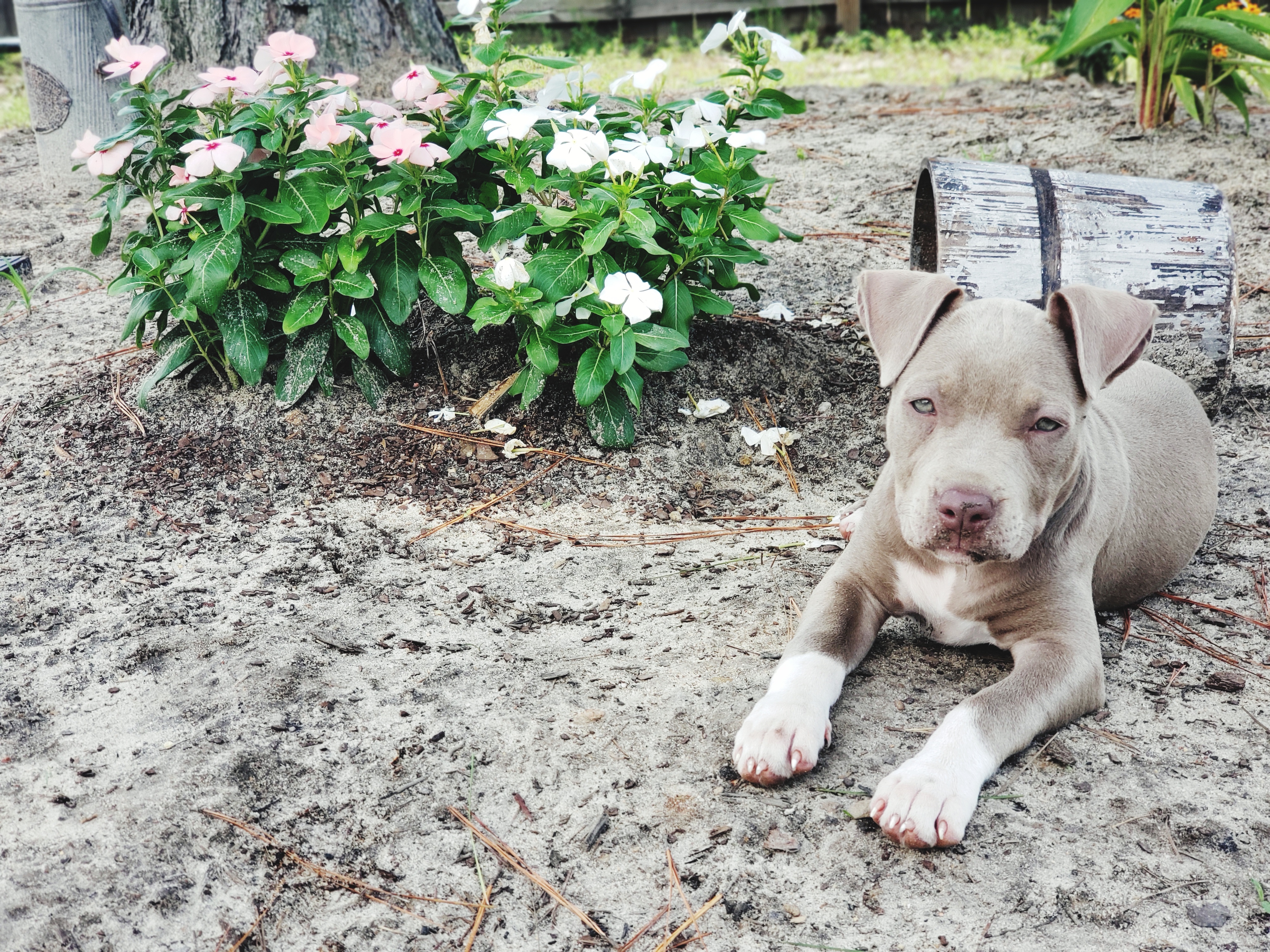Dogs are naturally social creatures, and just like humans, they benefit from spending time with friends. Hosting a dog playdate is a great way to provide your pup with socialization, exercise, and mental stimulation. It also offers an opportunity for owners to connect and share tips, advice, and stories about their pets. However, organizing a successful playdate requires planning and preparation to ensure the safety and enjoyment of all dogs involved.
If you’re considering hosting a dog playdate, here’s a guide on how to organize a fun, safe meetup that leaves tails wagging and everyone happy.
Table of Contents
Choose the Right Location
The first step in planning a dog playdate is selecting an appropriate location. Your choice should depend on the size, energy levels, and personalities of the dogs attending.
For small or first-time meetups, your own backyard is a great option, as it provides a controlled and familiar environment. Make sure the space is securely fenced, free of hazards, and spacious enough for dogs to play freely without feeling cramped.
Alternatively, a local dog park or open field can be suitable if the dogs are already well-socialized and comfortable around other dogs. Always check that the location permits dogs and has the necessary safety measures, such as secure gates and designated play areas.
Screen Potential Playmates
Not every dog is an ideal candidate for a playdate. Before inviting other dogs, it’s essential to consider their temperament, age, size, and play style. Aim to match dogs with similar energy levels and socialization experience.
Communicate openly with other owners about each dog’s behavior. Dogs who are aggressive, overly dominant, or fearful may not be suitable for group playdates. It’s also best to avoid mixing large, boisterous dogs with very small or timid ones to prevent accidental injuries.
Additionally, ensure all dogs attending are:
- Up-to-date on vaccinations
- Flea and tick protected
- Spayed or neutered (if appropriate)
- Free of contagious illnesses
This helps reduce the risk of health concerns and ensures a positive experience for everyone.
Set Clear Ground Rules
Establishing clear rules before the playdate helps prevent misunderstandings and keeps the event organized. Communicate the expectations to all participants:
- Dogs must be supervised at all times.
- No food or toys that could cause resource guarding should be left out.
- Owners should step in if their dog becomes overly rough, aggressive, or overwhelmed.
- All dogs should be leashed upon arrival and only let off-leash when it’s safe.
Having everyone on the same page creates a safer, more relaxed environment.
Prepare the Space
If you’re hosting at home, take time to prepare the area for the dogs:
- Remove any sharp objects, toxic plants, or breakable items.
- Provide fresh water stations in multiple spots.
- Create shaded areas or resting zones where dogs can cool off and take a break.
- Have a stash of waste bags and cleaning supplies readily available to keep the area clean.
By making the space dog-friendly and hazard-free, you set the stage for a stress-free play session.
Monitor Interactions Closely
Once the playdate begins, it’s important to observe the dogs’ body language and interactions. Look for positive signs like play bows, wagging tails, and loose, bouncy movements. These indicate that the dogs are enjoying themselves and engaging appropriately.
However, also watch for signs of stress, discomfort, or aggression, such as:
- Stiff body posture
- Raised hackles
- Growling or snarling
- Constant mounting behavior
- Excessive barking or chasing
If any dog shows these signs, calmly intervene by redirecting their attention or giving them a break. Encouraging calm moments and preventing overstimulation keeps the playdate enjoyable for all participants.
Keep Sessions Short and Sweet
Especially for puppies or dogs new to socializing, it’s best to keep the first few playdates short—around 30 to 45 minutes. Shorter sessions prevent fatigue, reduce the chance of tensions arising, and leave the dogs looking forward to future meetups.
As dogs become more comfortable with each other, you can gradually increase the length of playdates.
End on a Positive Note
Before wrapping up, allow the dogs to wind down with a calm activity, such as a short walk or relaxed sniffing session. Offering each dog a small treat (if appropriate) and plenty of praise reinforces positive behavior.
You can also coordinate with other owners to plan future playdates, continuing to build positive social experiences for your dogs.
In Conclusion

Hosting a dog playdate is a rewarding way to enrich your dog’s life, strengthen their social skills, and connect with fellow dog lovers. With careful planning, clear communication, and close supervision, you can ensure a safe, fun-filled meetup that benefits everyone involved.
By setting the right tone, managing interactions, and preparing your space thoughtfully, you’ll create an enjoyable experience your dog will look forward to every time.







